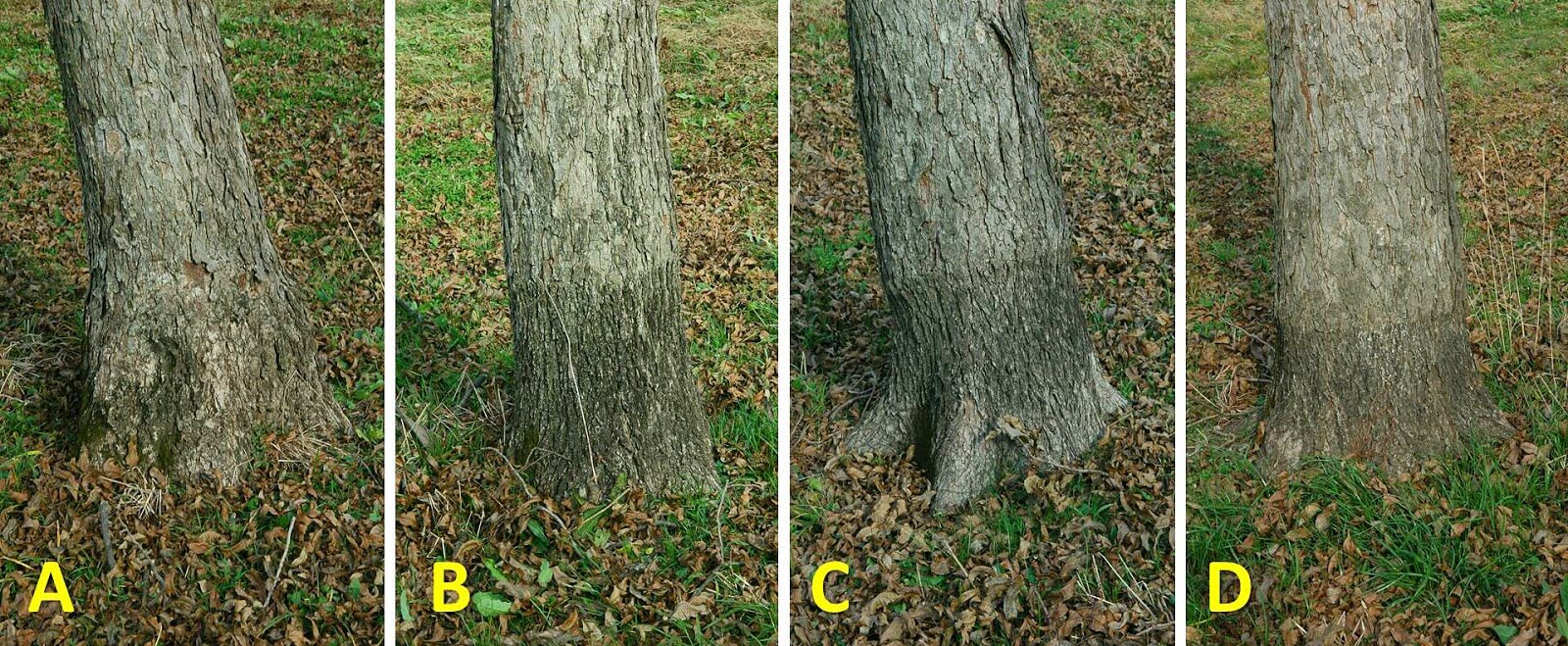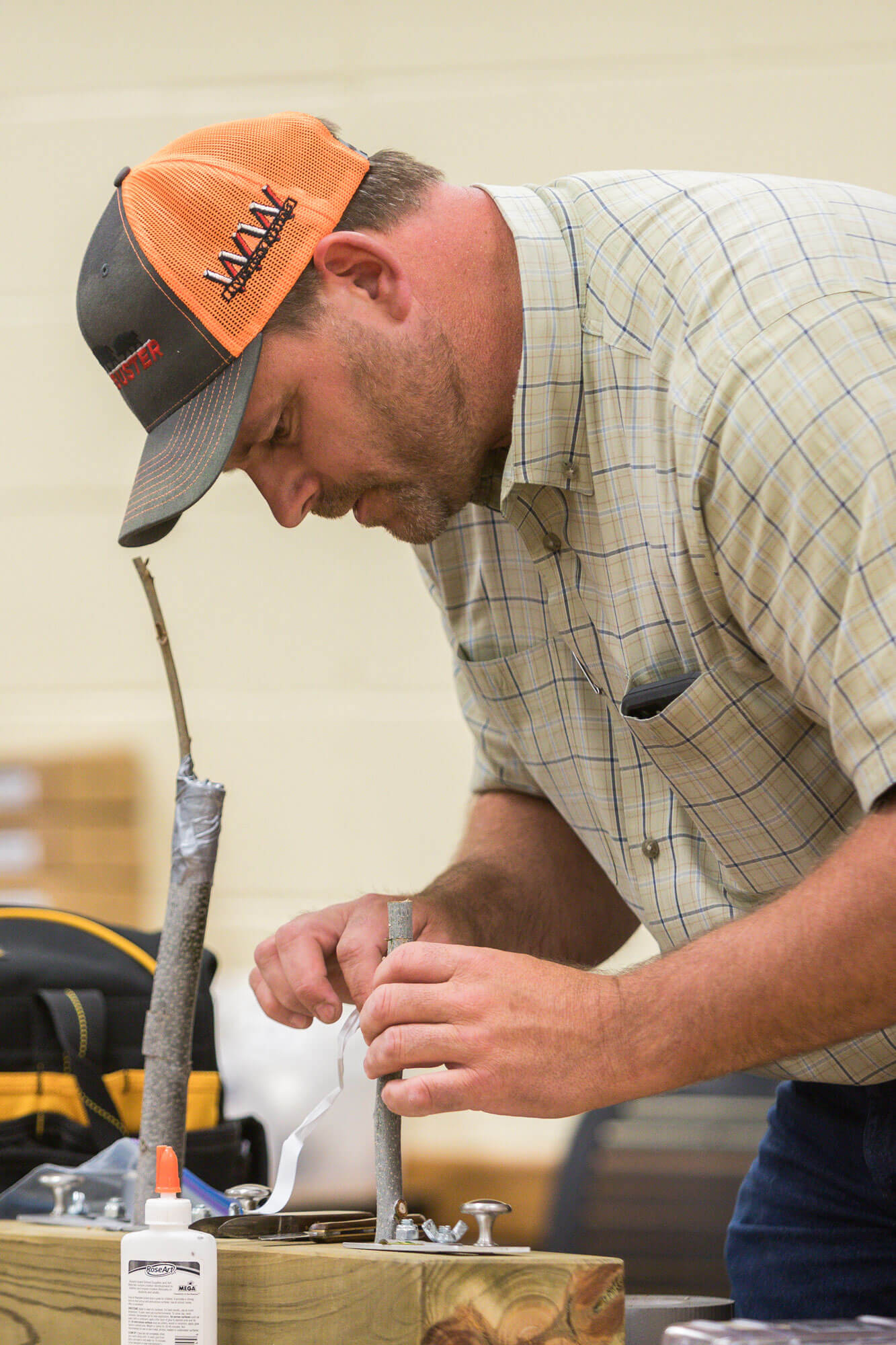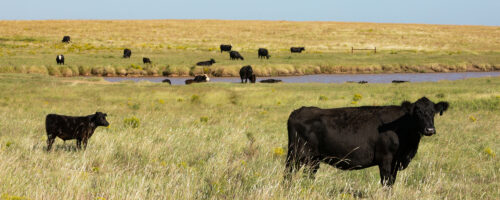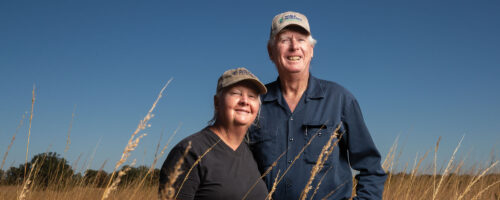How to Recognize Grafted and Native Pecan Trees for Best Management of Your Orchard
Management needs differ among pecan cultivars. Management between natives and improved pecans can differ dramatically as well.
The pecan is America’s native nut. Pecans have been harvested for hundreds of years, with crops originally harvested in native groves. Over time, agricultural producers developed techniques for producing genetically identical nuts on each tree by grafting a piece of scion wood onto a rootstock tree.
Management needs differ among pecan cultivars. Management between natives and improved pecans can differ dramatically as well. Being able to identify which cultivars you have in your orchard, as well as which trees are native and which are grafted, can influence the management styles you select for optimum production.
Pecans are a long-lived crop. In agriculture, you have crops that are annuals, such as corn, wheat and rice. You also have plants that are perennials, such as alfalfa and red clover. Pecans are a particular type of the latter known as a woody perennial. Pecans can grow and produce a crop over hundreds of years. While production can vary from tree to tree and under different management regimes, with the right care, adult trees have the potential for a long production life.

B. Rootstock and scion have the same growth pattern
C. Scion growing faster than rootstock
D. Scion growing faster than rootstock
From groves to orchards
Improved grafted pecans began to increase in numbers in pecan’s native range of the lower Mississippi River Valley. Eventually, the cultivation of pecans expanded into states that were not part of the native range, planted in orchards with rows and rows of improved trees in straight lines. The design of these new orchards improved management and production.
Orchards also were developed in the native range of pecans in Oklahoma, Texas, Louisiana and other states in the lower Mississippi valley. However, in these states, a producer might have a pecan grove along his creek bank and then have a planted orchard next to the grove. In these areas, you also would see more natives that had been grafted within the grove.
How grafts work and appear

In the grafting process, a point on the tree will be selected. Everything above that point will be removed and a piece of scion wood grafted onto that point. A successful graft will grow once the cuts have healed and the scion wood becomes the growing point for that tree. Everything below the union is rootstock. That scion wood is a selected cultivar chosen by the producer for desired traits.
When looking at pecan trees, you can look for signs to see if a tree has been grafted. Generally, you will find an area on the main trunk that looks like a vague line that circles the tree. The bark above and below the line appear completely different. One side might be smooth, the other rough; color might be darker or lighter. Scion and rootstock will usually vary in these two traits.
Any tree that has been grafted has been top-worked. However, if a single-graft joint can be seen, it is common to say the tree is grafted. If multiple limbs have been grafted in the tree, it is often said that tree has been top-worked. A top-worked tree could have any number of graft points in its branches, but the entire production area of the tree has been changed to a selected cultivar.
Sometimes you might see signs of grafting which are more unusual than the ring dividing different textured or colored bark. Pecan is a species of hickory that includes about 13 other close relatives. You can graft between these relatives, but their growth patterns are not all the same. Because of this, you might have a huge rootstock that quickly shrinks to a small top or even a narrow rootstock that bulges out to a large scion.
When working to restore pecan production acreage that might have fallen out of use, it’s not only important to identify cultivars that have been used, but it also it can be important to look at your native grove for any signs of grafting. Knowing what you have can go a long way to aid planning and management.
Pecan Terms
Groves – Groups of naturally occurring trees
Grafting – Inserting a shoot or graft into a selected rootstock
Orchards – An intentional planting of trees that are maintained for food production
Annuals – Plants that complete their life cycle, from germination to the production of seeds, within one growing season
Perennials – Plants that live more than two years
Cultivars – Plant varieties that have been produced in cultivation by selection
Natives – Species whose presence in a region is the result of only natural processes
Improved – Contains certain traits that are improved better than other varieties, such as pest and disease resistance
Scion wood – A piece of last year’s growth (containing approximately two buds) that is inserted into the rootstock during grafting
Rootstock – Stem with a well-developed root system onto which a graft can be made
Bark – A nontechnical term for the outermost layer of stems and roots, usually referring to all of the tissue outside the vascular cambium
Top-worked – Act of changing out the variety of a tree through grafting on the limb and branches
Hickory – A type of deciduous tree with pinnately compound leaves, comprising the genus Carya, which includes approximately 18 species



Comment